Here is code demonsrating the 16-bit floating-point to 32-bit floating-point conversion plus a test program. The test program requires Clang’s __fp16 type, but the conversion code does not. Handling of NaN payloads and signaling/non-signaling semantics is not tested.
#include <stdint.h>
// Produce value of bit n. n must be less than 32.
#define Bit(n) ((uint32_t) 1 << (n))
// Create a mask of n bits in the low bits. n must be less than 32.
#define Mask(n) (Bit(n) - 1)
/* Convert an IEEE-754 16-bit binary floating-point encoding to an IEEE-754
32-bit binary floating-point encoding.
This code has not been tested.
*/
uint32_t Float16ToFloat32(uint16_t x)
{
/* Separate the sign encoding (1 bit starting at bit 15), the exponent
encoding (5 bits starting at bit 10), and the primary significand
(fraction) encoding (10 bits starting at bit 0).
*/
uint32_t s = x >> 15;
uint32_t e = x >> 10 & Mask( 5);
uint32_t f = x & Mask(10);
// Left-adjust the significand field.
f <<= 23 - 10;
// Switch to handle subnormal numbers, normal numbers, and infinities/NaNs.
switch (e)
{
// Exponent code is subnormal.
case 0:
// Zero does need any changes, but subnormals need normalization.
if (f != 0)
{
/* Set the 32-bit exponent code corresponding to the 16-bit
subnormal exponent.
*/
e = 1 + (127 - 15);
/* Normalize the significand by shifting until its leading
bit moves out of the field. (This code could benefit from
a find-first-set instruction or possibly using a conversion
from integer to floating-point to do the normalization.)
*/
while (f < Bit(23))
{
f <<= 1;
e -= 1;
}
// Remove the leading bit.
f &= Mask(23);
}
break;
// Exponent code is normal.
default:
e += 127 - 15; // Adjust from 16-bit bias to 32-bit bias.
break;
// Exponent code indicates infinity or NaN.
case 31:
e = 255; // Set 32-bit exponent code for infinity or NaN.
break;
}
// Assemble and return the 32-bit encoding.
return s << 31 | e << 23 | f;
}
#include <inttypes.h>
#include <math.h>
#include <stdio.h>
#include <stdlib.h>
int main(void)
{
// Use unions so we can iterate and manipulate the encodings.
union { uint16_t enc; __fp16 value; } x;
union { uint32_t enc; float value; } y;
// Iterate through all 16-bit encodings.
for (uint32_t i = 0; i < Bit(16); ++i)
{
x.enc = i;
y.enc = Float16ToFloat32(x.enc);
if (isnan(x.value) != isnan(y.value) ||
!isnan(x.value) && x.value != y.value)
{
printf("Failure:\n");
printf("\tx encoding = 0x%04" PRIx16 ", value = %.99g.\n",
x.enc, x.value);
printf("\ty encoding = 0x%08" PRIx32 ", value = %.99g.\n",
y.enc, y.value);
exit(EXIT_FAILURE);
}
}
}
As chtz points out, we can using 32-bit floating-point arithmetic to handle the scaling adjustment for both normal and subnormal values. To do this, replace the code in Float16ToFloat32 after f <<= 23 - 10; with:
// For infinities and NaNs, set 32-bit exponent code.
if (e == 31)
return s << 31 | 255 << 23 | f;
/* For finite values, reassemble with shifted fields and using a
floating-point multiply to adjust for the changed exponent bias.
*/
union { uint32_t enc; float value; } y = { .enc = s << 31 | e << 23 | f };
y.value *= 0x1p112f;
return y.enc;
 and this is your typical 32 bit (4 byte) float
and this is your typical 32 bit (4 byte) float
